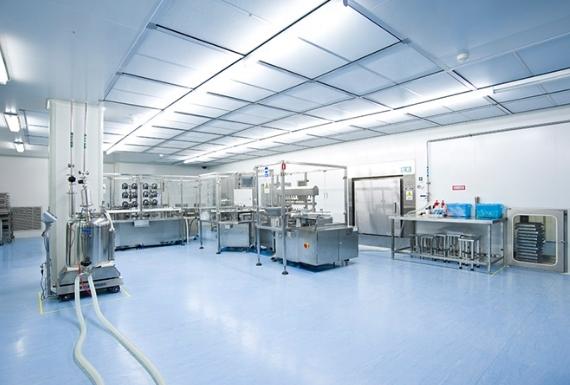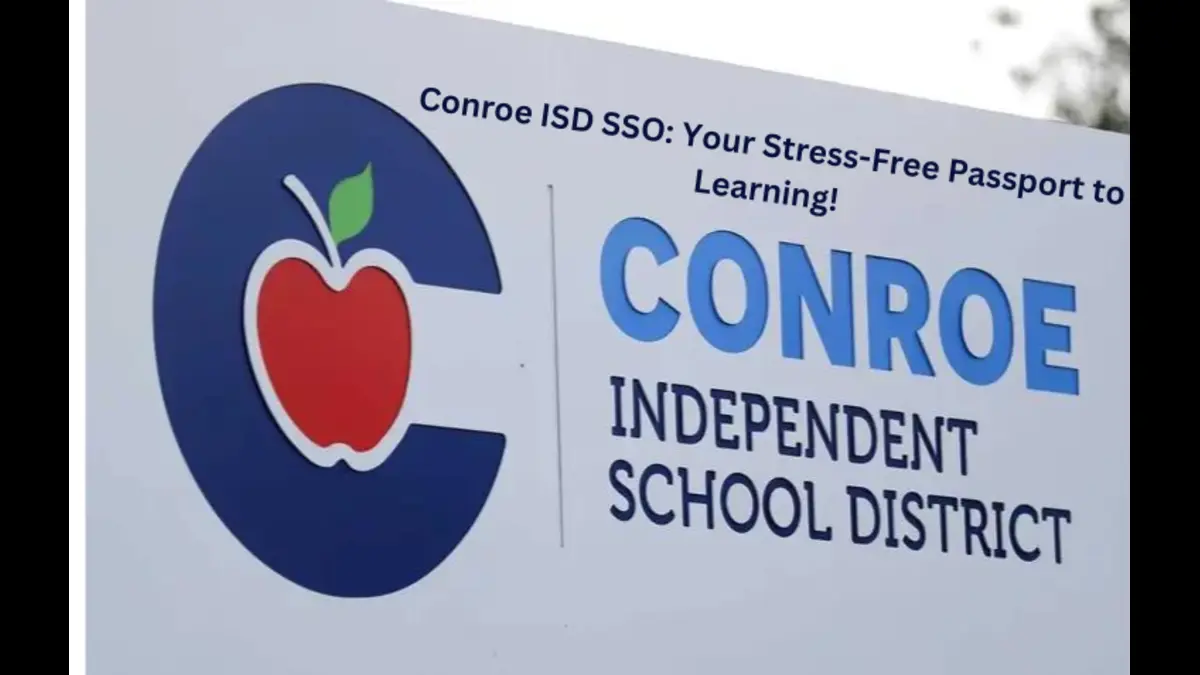Introduction to Cleanroom Safety
Cleanrooms serve as the backbone of industries such as pharmaceuticals, biotechnology, and microelectronics, where even minimal contamination can interrupt processes and lead to significant losses. They are meticulously designed environments that control pollutants like dust, airborne microbes, aerosol particles, and chemical vapors. Maintaining the integrity of these spaces is crucial, which is where cleanroom certification companies come into play. These organizations provide the necessary validation that facilities adhere to international hygiene and safety standards. Such certifications ensure compliance and foster trust between manufacturers and their clients or regulatory bodies.
Importance of Certifications in Cleanroom Environments
Certifications such as ISO 14644 and GMP play a pivotal role in maintaining cleanroom environments. They are the yardstick by which cleanliness and safety are measured, providing a framework for facilities to mitigate contamination risks efficiently. A study shows that facilities adhering to these standards experience a notable reduction in airborne particle count, which is essential for the safe production of sensitive products. This emphasis on certifications is not merely about ticking boxes; it’s about committing to the highest level of operational excellence and public safety. Through certifications, facilities demonstrate their dedication to minimizing contamination, therefore ensuring that they meet both industry standards and client expectations.
Key Certifications for Cleanroom Facilities
Understanding the nuances of cleanroom certifications is essential for any facility aiming to maintain top-notch standards. ISO 14644, for instance, provides comprehensive guidelines on classifying air cleanliness, setting testing methods, and other key protocols. Meanwhile, the Good Manufacturing Practice (GMP) standard is more focused on ensuring that products are consistently produced and controlled according to quality standards. These certifications involve rigorous inspections and require facilities to continuously meet stringent requirements. They ensure a standardized level of cleanliness and safety, which is critical in industries where precision and sterility are paramount.
Best Practices for Maintaining Cleanroom Standards
Maintaining cleanroom standards is a continuous effort that involves implementing a series of best practices. Effective air filtration systems, such as High-Efficiency Particulate Air (HEPA) filters, are fundamental in controlling airborne particles. Additionally, strictly regulated access ensures that only trained personnel enter sensitive areas, minimizing risks. Regular and thorough cleaning regimens are a must to prevent particle accumulation. Moreover, continuous monitoring systems are invaluable tools, providing data on particle levels and helping quickly diagnose contamination issues. These practices are complemented by routine audits and training programs that keep staff informed and alert regarding the latest protocols and equipment.
The Role of Technology in Cleanroom Safety
Technological advancements have revolutionized the way cleanroom safety is managed, adding layers of efficiency and effectiveness to traditional methods. Automation and IoT (Internet of Things) devices enable real-time monitoring, providing critical data on humidity, airflow, and particle count. This instant feedback allows facility managers to identify and resolve issues before they escalate. Furthermore, modern filtration technology has significantly improved contaminant removal, enhancing the overall air quality within cleanrooms. As reported in various industry reports, these technological innovations are essential for maintaining the stringent standards required in today’s cleanroom environments.
Challenges in Achieving and Maintaining Certification
While the benefits of cleanroom certifications are immense, the journey to acquire and maintain these credentials is fraught with challenges. High costs can be a significant barrier, as comprehensive remodeling and updated equipment are often necessary to meet certification standards. The complexity of adhering to evolving regulations adds an additional layer of difficulty. Facilities must remain agile and up-to-date with the latest industry standards and technology. Case studies highlight that strategic investments in workforce training and infrastructure, along with a proactive approach to compliance, are effective strategies for overcoming these challenges.
Expert Opinions on Cleanroom Safety
Experts in the field of cleanroom management stress the importance of continuous learning and adaptation. With new challenges constantly arising, staying informed about the latest developments in technology and standards is crucial. Industry specialists advocate for regular training sessions to keep staff well-versed in both routine and emergency procedures. Additionally, employing data analytics for predictive maintenance and risk assessment is increasingly becoming a focal point for many facilities, enabling them to maintain superior safety standards.
Future Trends in Cleanroom Certification
The future of cleanroom certification will likely be shaped by technological innovations and a growing emphasis on sustainability. Artificial Intelligence (AI) and machine learning are foreseen to become integral to monitoring systems, offering unprecedented accuracy in predicting equipment failures and contamination breaches. Moreover, there is a growing push towards sustainable practices, and future certifications may introduce environmental criteria to align with global sustainability goals. As industries progress, so too will the standards that govern cleanroom operations, ensuring that they remain at the forefront of safety, efficiency, and environmental responsibility.














